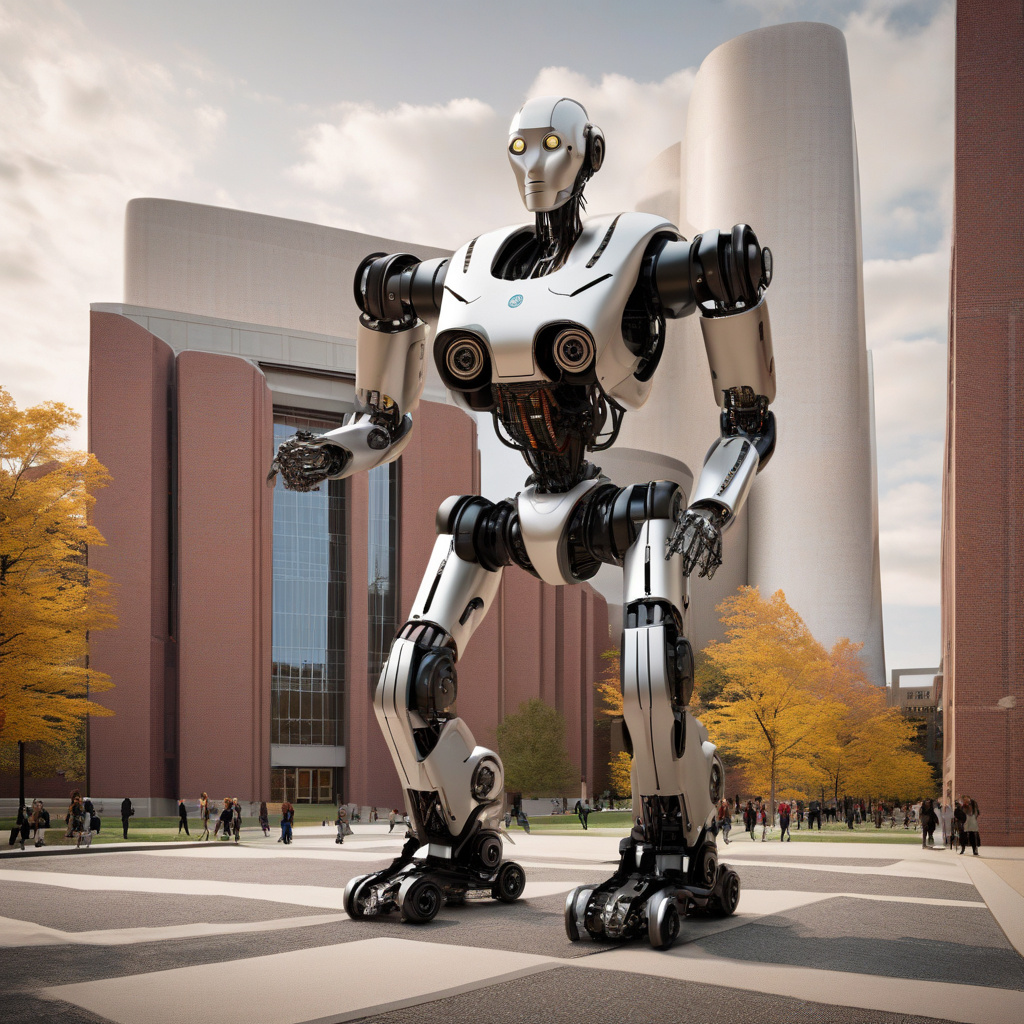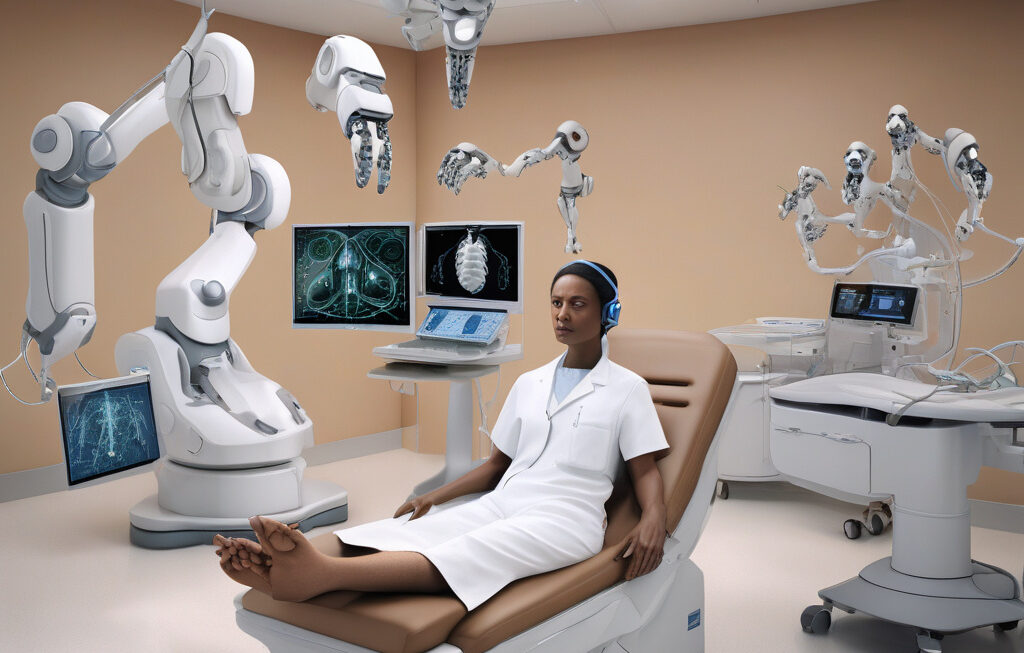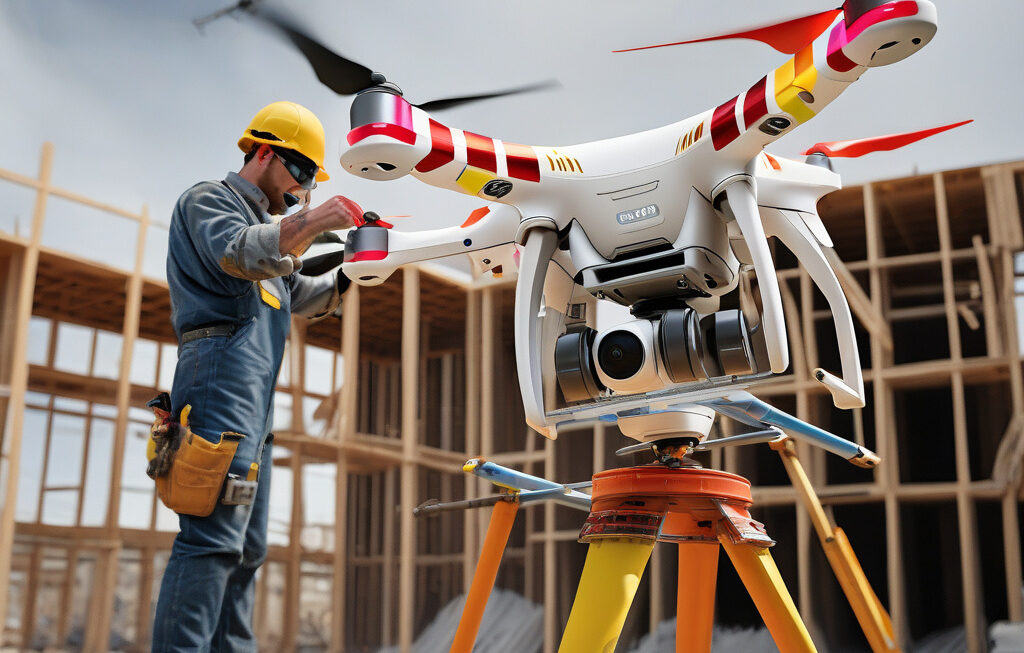MIT’s New AI Outwits Scientists to Design Robots That Jump 41% Higher, Land Safely
Scientists are using GenAI models to improve robotic designs and their motions. MIT’s Computer Science and Artificial Intelligence Laboratory (CSAIL) has recently made a groundbreaking development in the field of robotics. By harnessing the power of artificial intelligence, researchers at MIT have managed to create robots that can jump an astounding 41% higher than previous models while ensuring a safe landing.
This remarkable feat was achieved through the use of advanced AI algorithms that were trained to analyze and optimize the performance of robotic systems. By feeding vast amounts of data into these algorithms, scientists were able to teach the AI to design and control robotic movements in ways that were previously unimaginable.
One of the key breakthroughs in this project was the development of GenAI models, which are capable of outsmarting even the most experienced scientists when it comes to optimizing robotic designs. These models can quickly iterate through countless design possibilities, fine-tuning the parameters to maximize performance in a way that human designers could never match.
The implications of this technology are far-reaching. Not only does it open up new possibilities for the field of robotics, but it also has the potential to revolutionize industries such as manufacturing, healthcare, and even space exploration. Imagine robots that can perform complex tasks with unprecedented speed and precision, thanks to the power of AI-driven design.
But perhaps the most impressive aspect of this development is the safety improvements it brings. By enabling robots to jump higher while ensuring a safe landing, MIT’s AI technology has the potential to prevent accidents and save lives in various applications, from search and rescue missions to medical procedures.
This project serves as a testament to the incredible potential of artificial intelligence when it is applied to the field of robotics. By combining human ingenuity with machine learning, researchers have been able to achieve feats that were once thought to be impossible. As AI continues to advance at a rapid pace, we can only imagine the new possibilities that lie ahead for the future of robotics.
In conclusion, MIT’s recent breakthrough in designing robots that can jump higher and land safely showcases the power of AI in pushing the boundaries of what is possible in the field of robotics. With continued advancements in artificial intelligence, we can expect to see even more impressive innovations that will shape the way we interact with technology in the years to come.
innovation, robotics, artificial intelligence, MIT, GenAI












